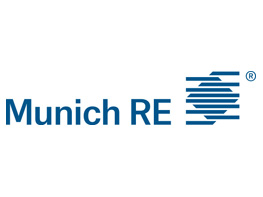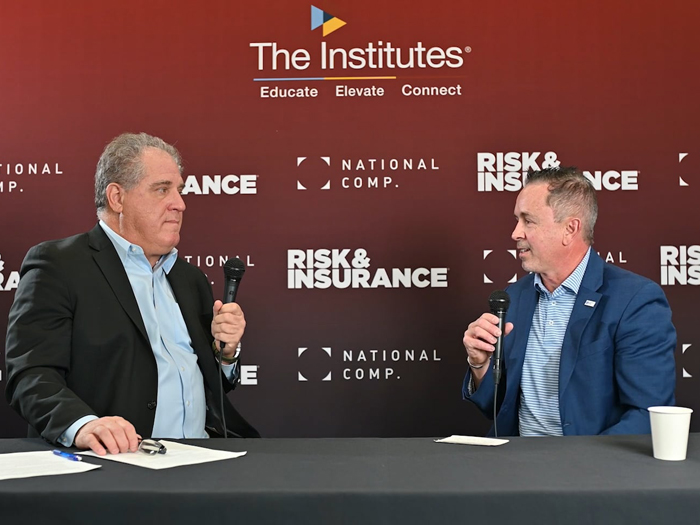Opinion | My Oven’s on Google Maps. What’s Risk Management’s Response?
Like many during this pandemic, I undertook some home upgrades. I decided to replace my kitchen stove. I shopped online for a stove that was sleek but simple — ceramic cooktop and traditional oven functions, nothing fancy.
My new stove was delivered COVID-19-style at the curb, and once unwrapped, I looked forward to learning about my new appliance.
To my surprise, I discovered I inadvertently bought a smart stove. This marked the beginning of my personal journey into the $32 billion smart home appliances market.
The clock on the stove blinked violently, begging to be changed. To my chagrin, I realized that what normally was a simple task was not so easy on this “smart” stove.
My “new toy” delight started to dwindle, and a wee bit of aggravation crept in. I was instructed to download an app to my phone and connect my stove to my home internet. After a few attempts, I got my stove to join my Wi-Fi network.
Now that the clock was set to the network time, I was able to turn on the oven light, set the temperature and timers all from the next room. And for some reason, my stove’s location was now made known on Google maps.
At the outset, I found it fun. I playfully toggled my oven light on and off. I showed everyone in the household what my phone app could do.
But then I started to think about it from a risk management perspective. I started to think that this remote functionality is quite impractical. Moreover, these remote functions might in fact be quite unsafe and foster risky and irresponsible behaviors.
The five-year forecast for the smart kitchen appliance market is that it will grow in coming years. The aim is to make our home life easier.
But after thinking things through, I am struggling to find value in having my oven light on when I myself am in another room. I still feel apprehensive to turn on an oven to 400 degrees unsupervised. And I still have no idea why anyone wants to know my new stove’s location on Google maps, unless they have plans to steal it.
I remain blank when it comes to recognizing the true benefits of this smart stove that would outweigh the risks I see.
I love my programmable coffee maker that fuels my morning coffee addiction. I see great value in remote smart energy meters, smoke detectors, lighting, surveillance systems and thermostats.
Their benefits truly promote efficiency and safety.
But the kitchen is the second most common place for domestic accidents. Unattended cooking is the leading factor responsible for most fires. Forgetting an oily pan on a burner at dangerous temperatures. Ovens left on. These are real hazards.
Can my smart stove help me manage any of these risks and issues? Can it have early fire detection abilities? Toxic fume sensors? Excessive heat monitors?
I am struggling to understand the value proposition from having the current “smart” functionality. Is it worth the extra money? Is it worth the extra risk?
I was taught the expression that a watched pot never boils. But I was also taught never to leave a burning- hot appliance unattended.
Manufacturers appreciate that their smart ovens come with built- in performance assessment systems alerting them to hardware issues and possible liabilities. But they may want to think about their possible liabilities being born from promoting functions that can foster unsafe consumer behavior. &










